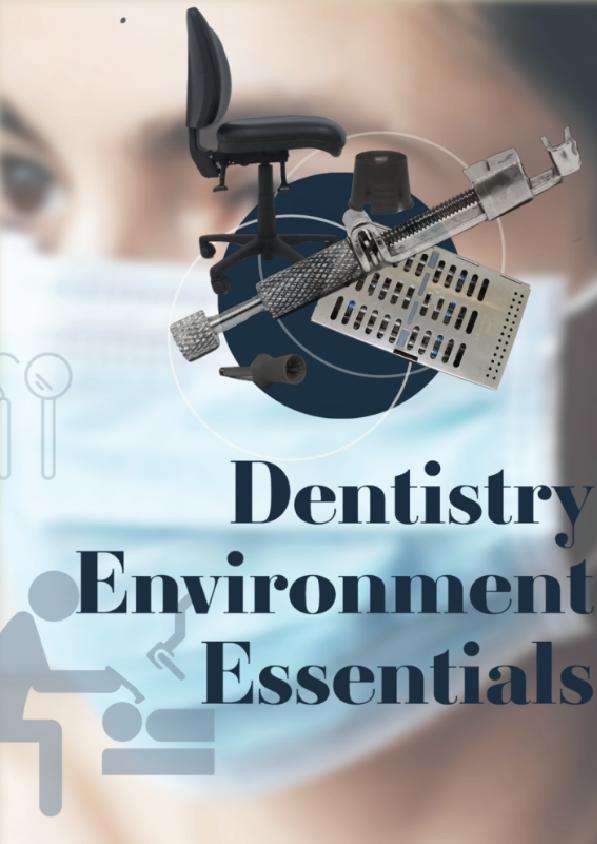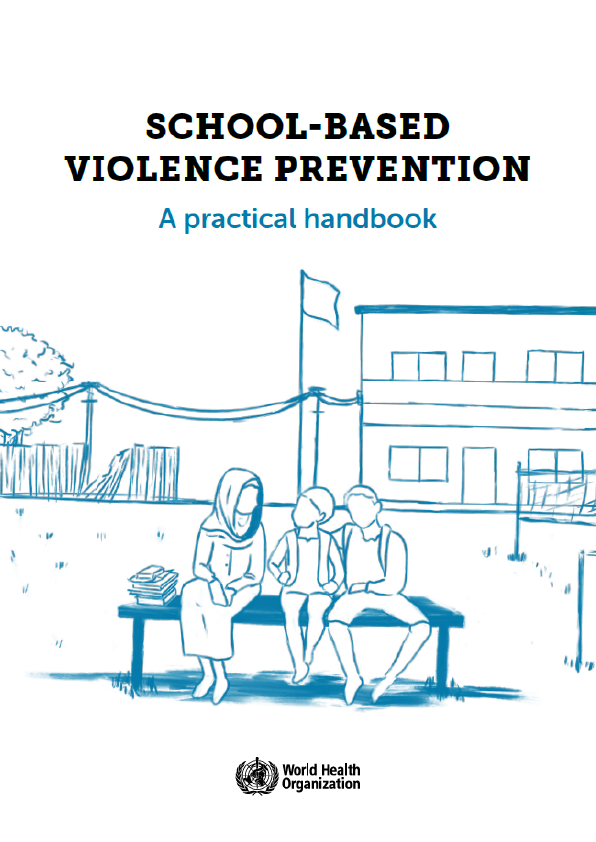The setting where dental procedures take place is a unique environment. The design of a dental clinic or surgery is purposefully built to promote ergonomic practice, safe procedures, efficiency and facilitates infection control. This book aims to introduce the dental environment and give practical guidance on how to navigate the equipment, instruments, procedures and how to stay safe. All dental team members require an appreciation and understanding of the principles in this book to ensure patients receive the safest and most pleasant experience when receiving dental treatment.
This book was written by a dental team to include multiple perspectives and ensure the content was as practical as possible.
Principles
Effective layout of equipment in a dental surgery is crucial for facilitating infection control procedures and time management of procedure appointments. Dental surgeries must have floors that are waterproof and easily cleaned, such as laminate flooring. The room must be well ventilated and separate from waiting rooms, reception areas, lunchrooms and other rooms such as on-site laboratories in the practice.
All members of the dental team must have understanding of the use and maintenance for the dental surgery equipment. Dental surgery equipment can be divided into the dental chair and the surrounding workstation.
Dental chair
The dental chair is the main location where dental procedures occur. The chair reclines which facilitates the seated practitioner to comfortably view the patient’s oral cavity.
Workstation
The workstation or working areas are the bench and surrounding equipment around the dental chair. The working areas are clearly differentiated into clean and contaminated zones. Only the required materials and equipment are placed in the working area and clutter needs to be minimised.
Clean areas must not be contaminated by potentially infectious materials. The design of the dental surgery facilitates the dental team to be able to keep these areas free of dust and other contaminants. The clean zone includes a bench which will contain patient records and computers for record keeping purposes. The inside of the cupboard and draws are to be kept clean. This is where sterilised equipment and materials will be stored.
The contaminated working (or “dirty”) zone however will potentially have infectious agents during patient procedures. This zone is decontaminated thoroughly, between patient appointments. All the required equipment and material for a procedure, are placed in the contaminated working zone. This area will usually have a hand washing sink, a general waste bin as well as a sharps disposable bin.
You can record clinical notes in the contaminated working zone, however it is difficult if not impossible to decontaminate a writing implement. If you record notes in a contaminated working zone, you would then need to de-glove, perform hand hygiene and transfer your written notes onto the computer or into patient notes. This can also be achieved with the help of a colleague with clean hands who can transcribe your notes. Any contaminated notes and writing implements are then disposed of from the contaminated working area. The optimal way to record clinical notes is to have a dental team member with clean hands, record them at the time you are dictating them.











